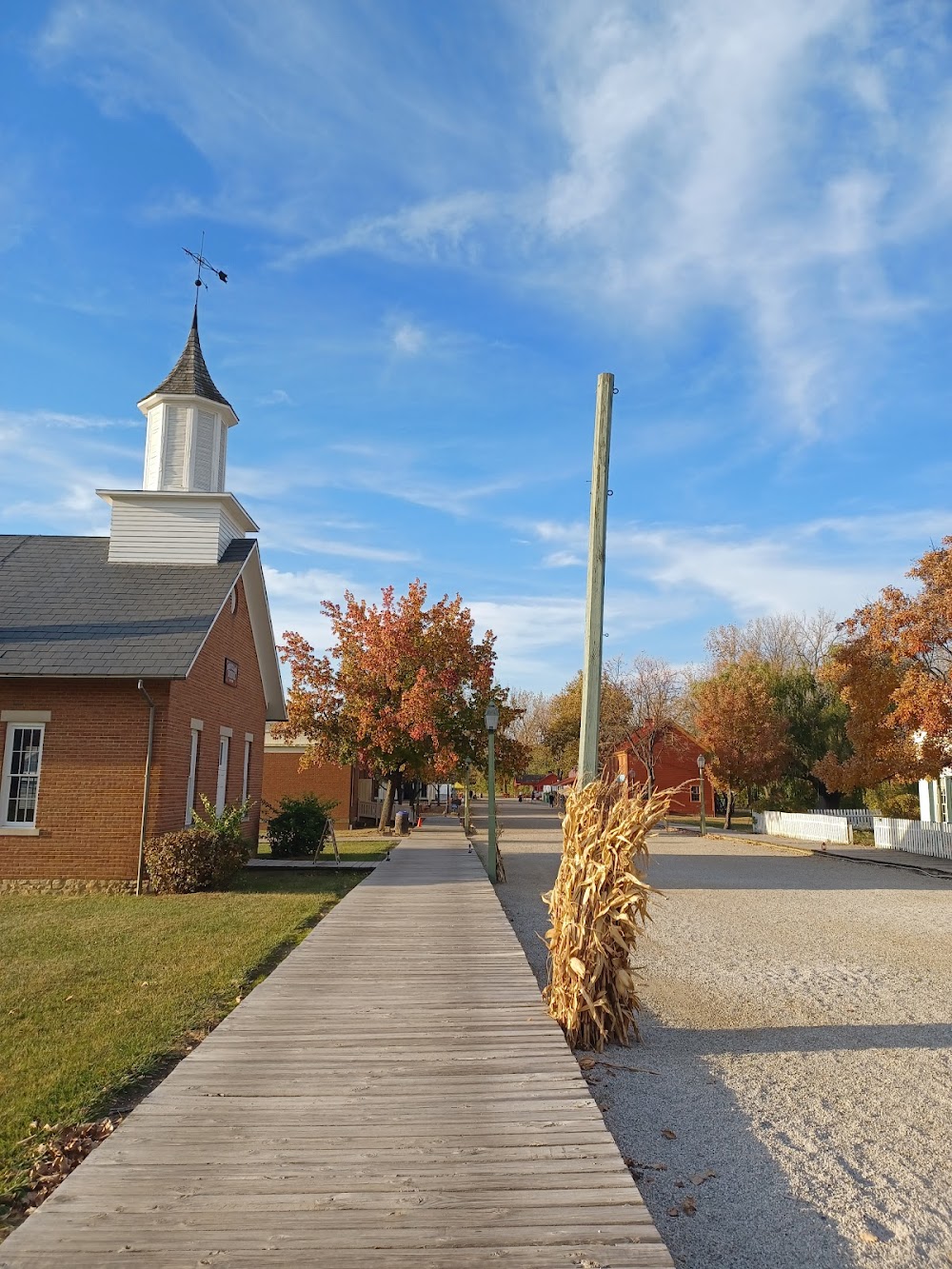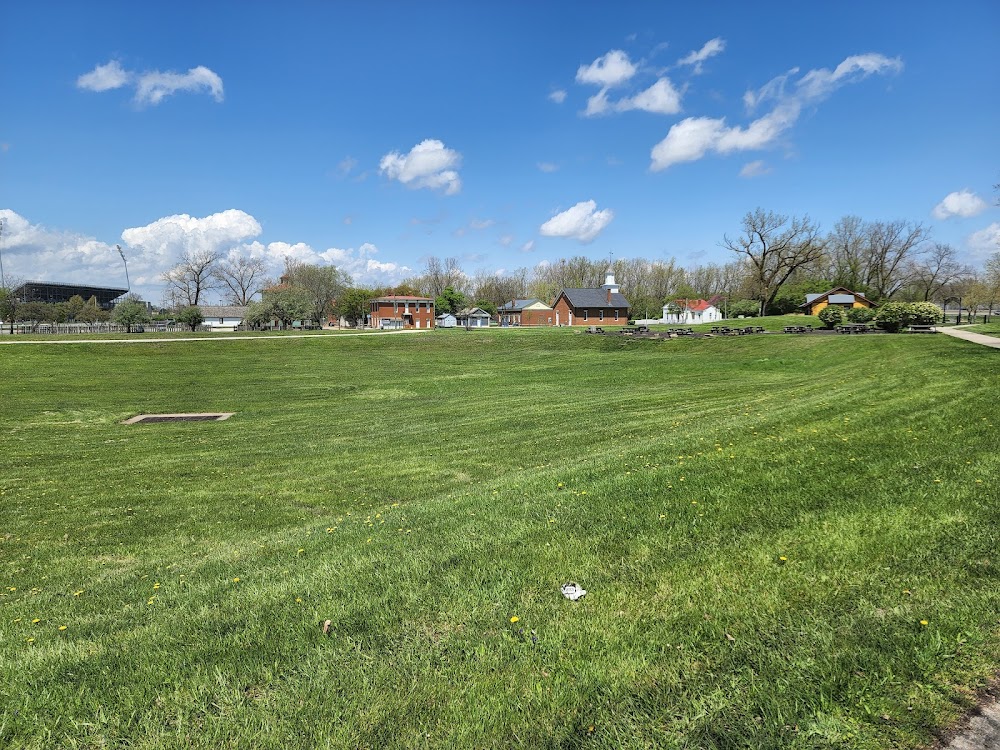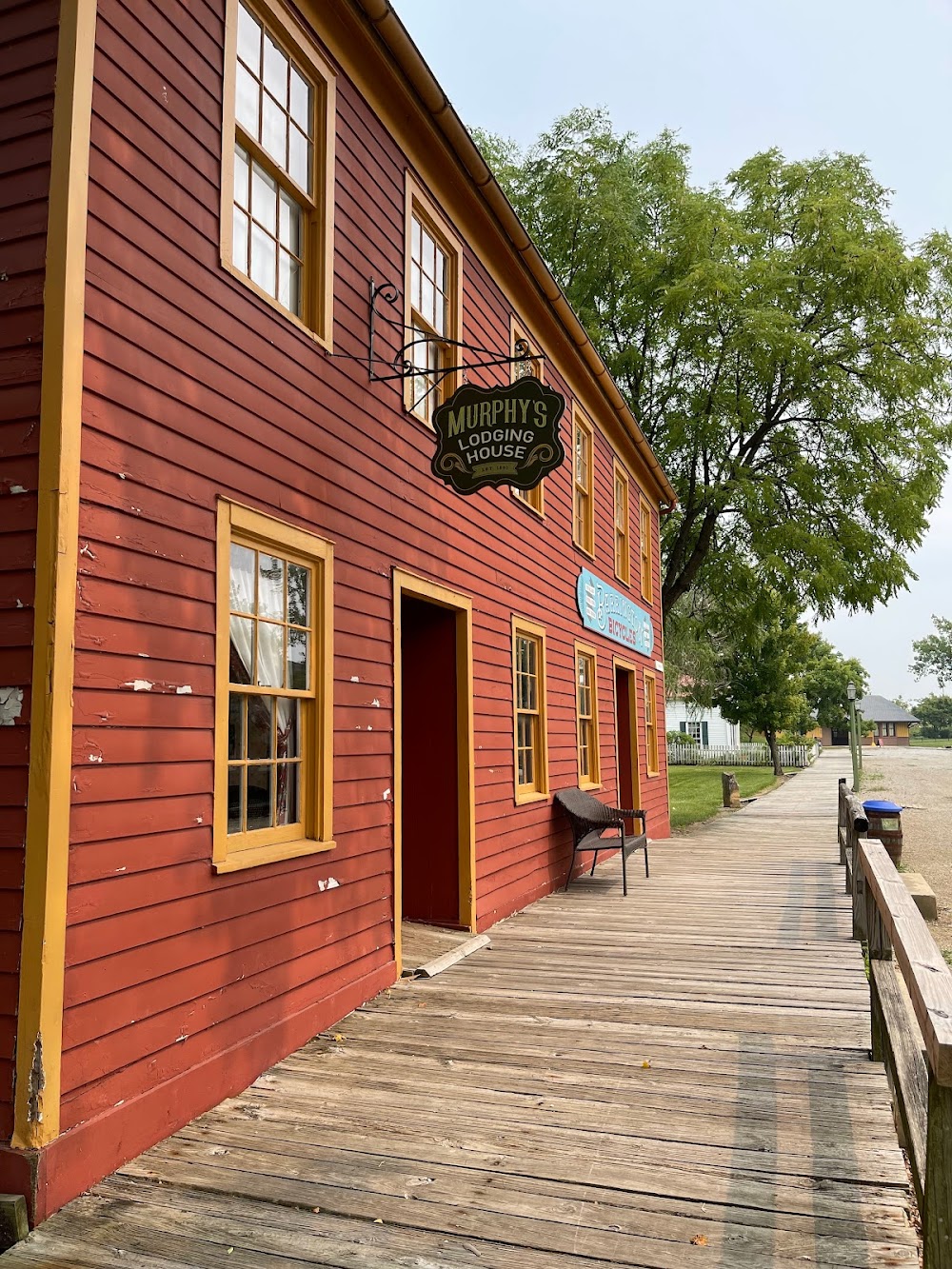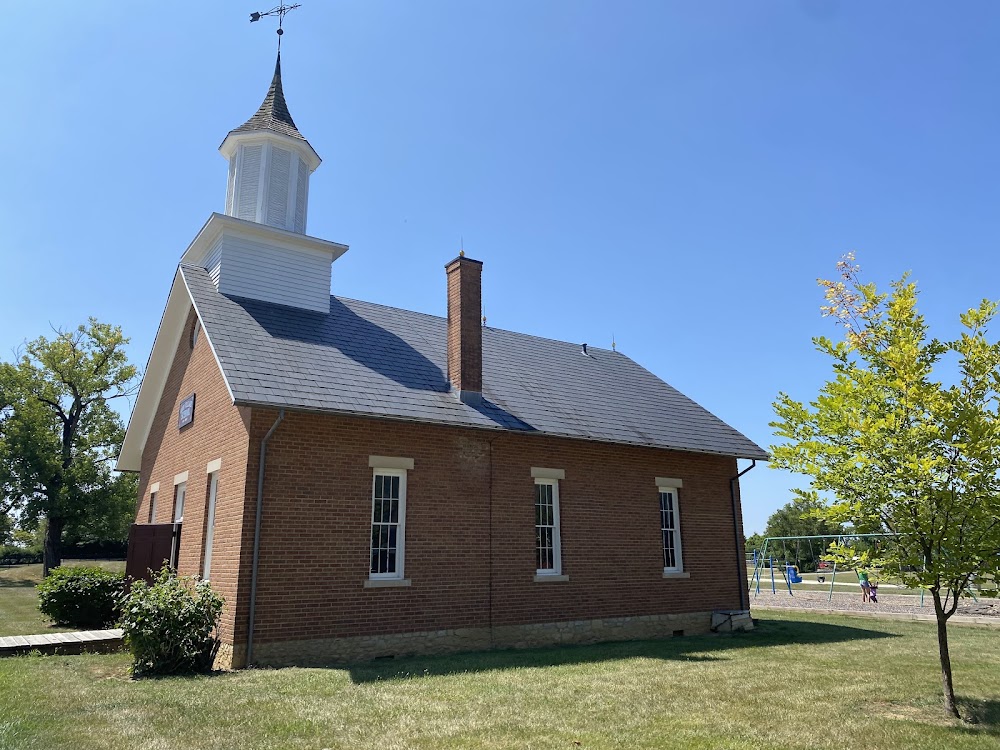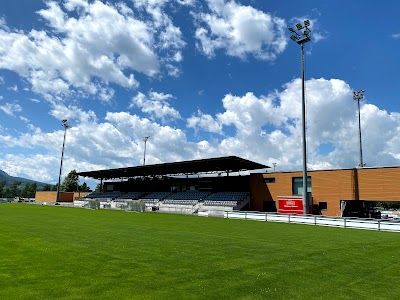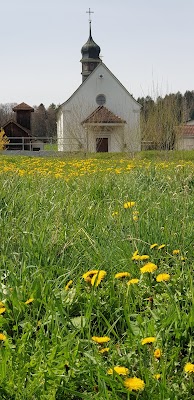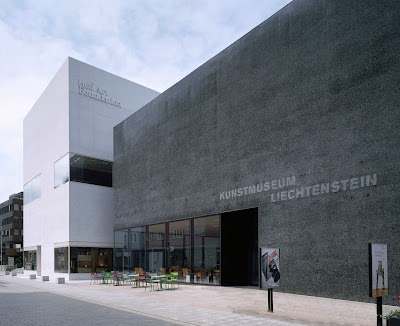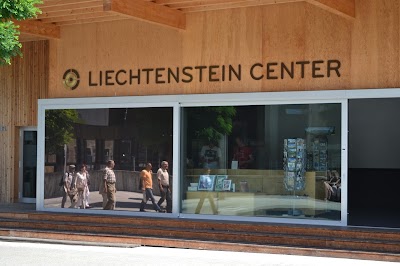Historic Village Center (Historisches Dorfzentrum)
Overview
In the charming town of Triesen, Liechtenstein, the Ohio Village (Historic Village Center) stands as a delightful recreation of 19th-century life. Designed to preserve and educate visitors about the historical and cultural legacy of the era, this village is the result of meticulous efforts by historians, architects, and dedicated craftsmen who shared a common vision.
Construction of Ohio Village began in the early 2000s, spearheaded by a group of passionate local enthusiasts eager to celebrate their heritage. They conducted extensive research into village structures from the 1800s, focusing on authenticity and period-specific details. Scholars examined old photographs, blueprints, and literature, ensuring that every element reflected the charm and functionality of a historical village.
The layout of Ohio Village is thoughtfully designed to encapsulate the essence of a 19th-century community. At its heart lies the Village Square, surrounded by historically accurate buildings such as the General Store, Schoolhouse, and Blacksmith’s Workshop. Each structure showcases traditional materials and techniques, from the timber frames of residential houses to the hand-crafted bricks of commercial establishments.
Artisans skilled in traditional building methods were recruited to construct these buildings. For example, the Blacksmith’s Workshop features metal parts and tools crafted using only the equipment and techniques available during the 1800s. This commitment to historical accuracy extends to the interiors, which are furnished with period-appropriate artifacts, allowing visitors to immerse themselves in the lifestyles of the time.
A standout aspect of Ohio Village is the presence of historical interpreters, who breathe life into the village. Dressed in period attire, these interpreters engage visitors through captivating stories, demonstrations, and educational activities. You might catch them baking bread in the communal oven, teaching a class in the schoolhouse with slate boards, or hammering iron in the blacksmith’s shop. These interactions not only entertain but also offer profound insights into the daily routines of 19th-century village life.
Seasonal events and festivals further enrich the village's atmosphere, celebrating the traditions of the time. During these occasions, Ohio Village transforms into a lively hub of re-enactments, fairs, and themed workshops that attract both locals and tourists. Visitors can partake in historical crafts, enjoy folk music, and savor traditional foods, making each visit a unique journey back in time.
The landscape and greenery surrounding Ohio Village play a vital role in enhancing its picturesque quality. The gardens and farms cultivate heirloom vegetables and herbs, mirroring what would have been grown in the era. These agricultural areas not only provide a serene backdrop but also serve educational purposes, demonstrating how farming techniques and land management have evolved over the years.
Funding for Ohio Village came from a combination of private donations, governmental grants, and community fundraisers. The unwavering support from the community was pivotal, with many local families donating antiques, heirlooms, and their time to ensure the village's success. This collective effort forged a strong communal bond, celebrating the shared history and heritage of Triesen.
Since its completion, Ohio Village has become a cherished landmark, attracting history enthusiasts, tourists, and educational groups alike. It serves as a living museum, where learning about the past is an immersive experience rather than a mere observation. Its ongoing dedication to preserving and demonstrating historical lifestyles ensures that the region's rich cultural heritage remains vibrant and accessible for future generations.
Every corner of Ohio Village reflects the passion and precision invested in crafting an authentic representation of the past. It stands not just as a tourist attraction but as a bridge to a bygone era, inviting visitors to step into the shoes of their ancestors and appreciate the simplicity, challenges, and joys of life in the 19th century.


